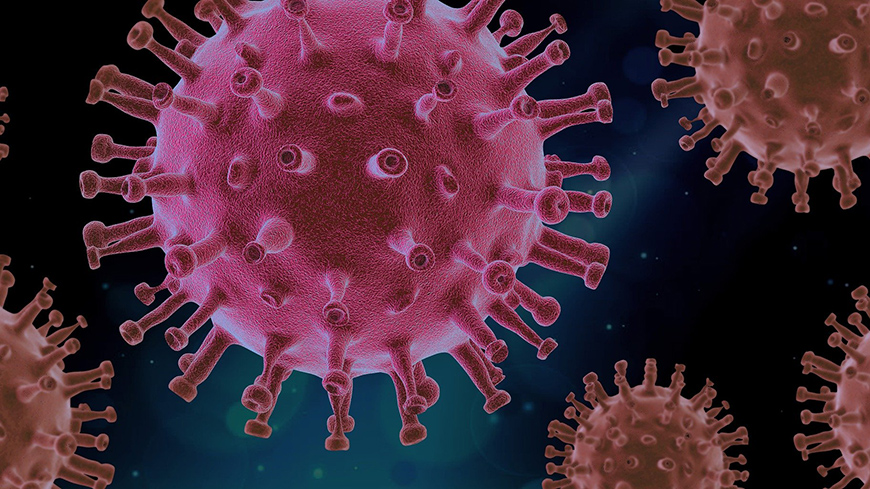The unexpected arrival of COVID-19 creating one of the most unprecedented environments for the global community has brought with it incredible challenges to the world of translation. The understanding of Coronavirus has been vital as we then attempt to disseminate public health advice on a global scale, where translation acts as a key and crucial component.
Throughout the period in which COVID-19 has affected our lives, we have become accustomed to specific terms and phrases, such as ‘dry cough’, ‘social distancing protocols’ and ‘hand-washing’. This new language as well as updated information regarding the virus must be translated efficiently, consistently and accurately to the approximate 7000 languages that comprise our global population. Of these languages, just 23 account for more than half the world’s population. This means that larger groups of people who share the same language have been able to access information more readily and quickly than those in smaller linguistic groups and communities that are perhaps more isolated, where information has not reached them. In order to increase global awareness and combat the virus, public health information and advice must be translated into the languages of these smaller communities and transmitted to them as quickly as possible.

Another perspective to take into consideration is the way in which this information is transmitted to people. Many of us are fortunate enough to be able to look up information regarding the virus with a simple click onto the internet, where our questions are answered immediately by Google. However, it was stated by the UN in 2017 that less than half of the global population still do not have access to the internet. Thus, we not only face the obstacle of translating information into thousands of languages, but we must also question how this information will reach these groups. This is especially challenging in the new world in which we live, where social distancing is imperative and travel restrictions may further prevent global connectivity in a physical sense. Further alarm is brought by the fact that the World Health Organisation (WHO), global leader and coordinator of disease response in the context of a pandemic, has referred to the pandemic as an ´infodemic´, where conspiracy theories and myths about the virus are circulated through the internet and the media as even scientists have struggled to fully comprehend the virus. The general uncertainty surrounding the virus increases our dependence on any accurate facts we do possess, which must be communicated on a global scale through different linguistic pathways at a quick rate to mitigate the devastating impacts of the disease.
Measures for translation challenges
We must question what measures must be taken to respond to this global translation challenge. It requires the unity of the global community as translators of various distinct languages need to work around the clock to produce this essential information to geographically dispersed groups. The intervention of the global community from the WHO and other transnational organisations as well as Non-Governmental Organisations (NGOs) is needed to unify distinct communities, societies and nations and to make sure information is translated and reached to those in all corners of the world. In a more positive light, the pandemic could be beneficial in the long term as it increases the already occurring process of globalisation, as pathways are created connecting the most distant geographical locations and distinct linguistic origins. It can be said in many ways that the world was under-prepared for this unanticipated global phenomenon, but the challenges it has brought us, such as unifying societies together through translation, have increased global connectivity as we strive to strengthen global consciousness.
